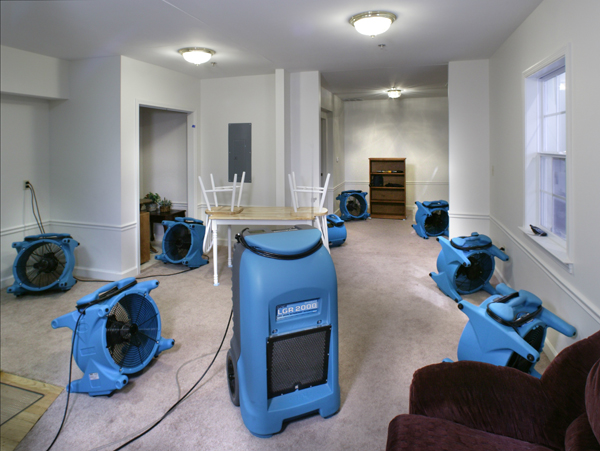In the wake of devastating fires, communities face the daunting task of restoring what was lost while fortifying themselves against future calamities. Fire restoration emerges as a beacon of hope, offering not just renewal but also resilience in the face of adversity. Through strategic planning, innovative techniques, and community collaboration, the process of Fire restoration becomes a catalyst for transformation, akin to the mythical phoenix rising from the ashes.
Central to fire restoration is the comprehensive assessment of damage and the formulation of tailored strategies to address the unique challenges posed by each situation. Water restoration professionals meticulously evaluate the extent of fire damage, identifying areas of structural compromise, smoke residue, and water infiltration. This thorough examination serves as the foundation for developing a customized restoration plan that prioritizes safety, efficiency, and long-term resilience.
One of the primary objectives of fire restoration is the mitigation of secondary damage caused by smoke, soot, and water. Rapid intervention is crucial to prevent further deterioration of building materials and belongings. Advanced techniques such as thermal imaging and air filtration systems enable restoration professionals to detect hidden pockets of moisture and airborne contaminants, facilitating targeted remediation efforts.
Moreover, fire restoration extends beyond the physical cleanup to encompass the restoration of functionality and aesthetics. Skilled craftsmen and artisans employ specialized techniques to repair and refinish damaged surfaces, restoring the beauty and integrity of architectural elements. Meanwhile, innovative technologies such as ozone treatment and thermal fogging neutralize odors and eliminate smoke residue, leaving behind a clean and fresh environment.
In addition to property restoration, fire recovery efforts prioritize the well-being of affected communities. Support services such as counseling, temporary housing, and financial assistance provide much-needed relief to individuals and families grappling with the aftermath of a fire. Furthermore, community engagement initiatives foster solidarity and resilience, empowering residents to rebuild their lives and strengthen their bonds in the face of adversity.
Crucially, fire restoration strategies emphasize proactive measures to mitigate future risks and enhance community resilience. This may include the implementation of fire-resistant building materials, the development of evacuation plans, and the establishment of defensible space around properties. By investing in prevention and preparedness measures, communities can reduce the likelihood and severity of future fire incidents, ensuring a safer and more resilient future for all.
In conclusion, fire restoration is more than just a process of rebuilding; it is a journey of renewal and resilience. By harnessing the collective efforts of skilled professionals, resilient communities, and innovative technologies, the phoenix rises from the ashes, emerging stronger, more vibrant, and more prepared to face the challenges of tomorrow. Fire may leave destruction in its wake, but through strategic restoration, it also ignites a spirit of resilience that propels communities towards a brighter future.
